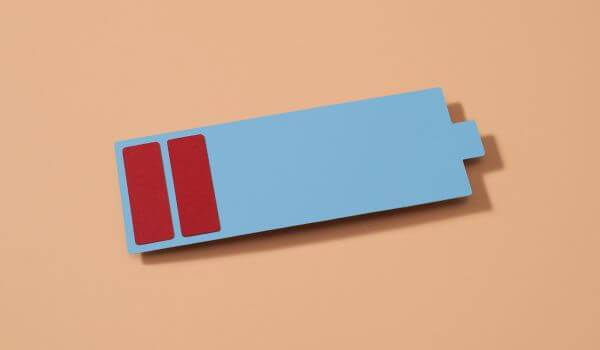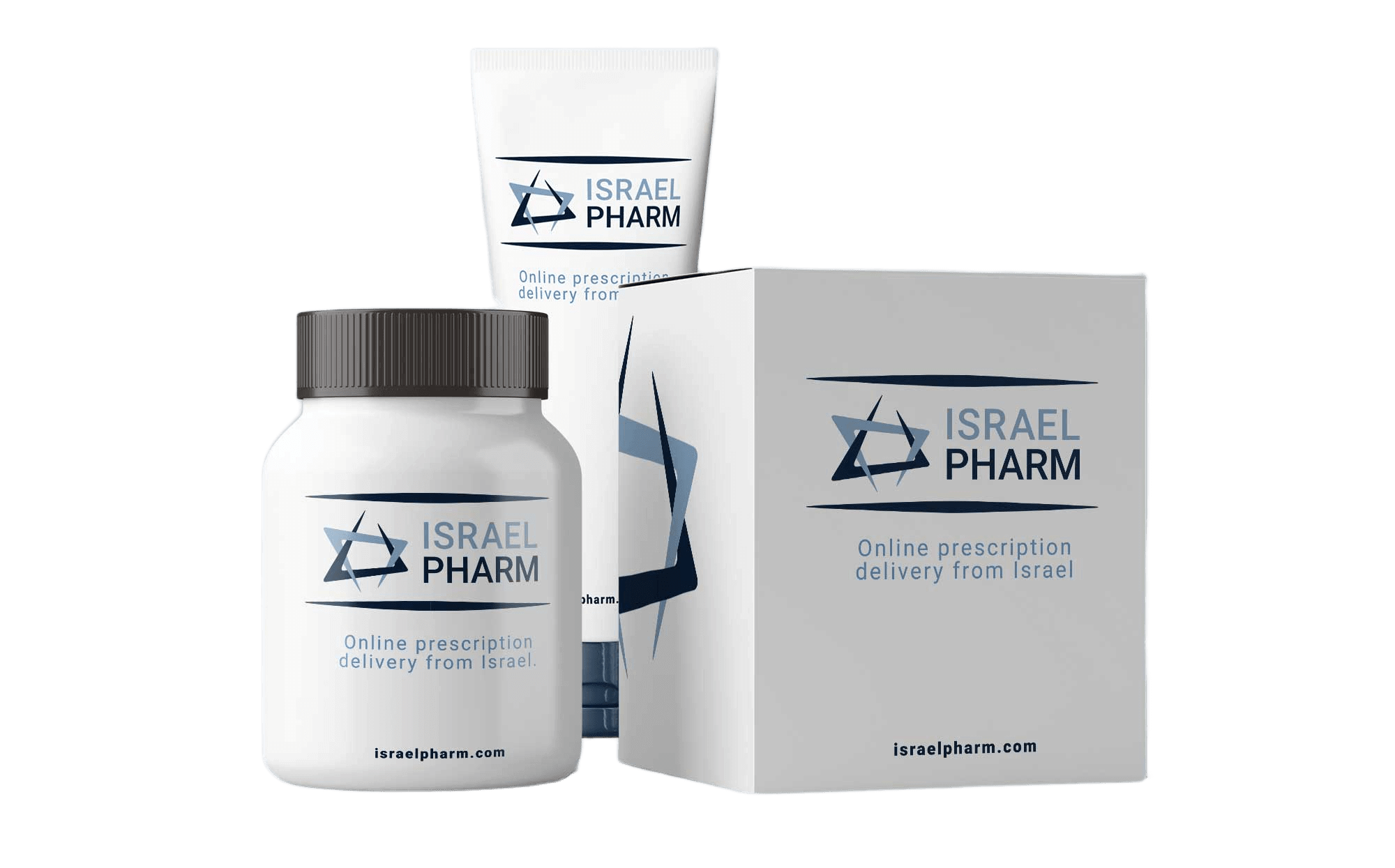Naftin / Exoderil (
generic name: naftifine) is a
topical antifungal medicine used to treat
fungal skin infections such as
athlete’s foot,
jock itch, and
ringworm. It belongs to the
allylamine class, which includes medications that work by disrupting fungal cell membranes.
Naftifine blocks the enzyme
squalene epoxidase, stopping production of
ergosterol, a key part of the fungal cell wall. This process causes
fungicidal action against dermatophytes, the fungi that cause many skin infections, and has
fungistatic activity against yeast.
Naftin is applied directly to the skin, where it begins acting quickly. Naftin gel is only approved by the FDA for athlete’s foot, but doctors often recommend it for jock itch and ringworm
off‑label. Many people notice improvement in
itching,
burning, and
scaling soon after starting treatment. Doctors often choose Naftin because it provides relief with simple, once‑a‑day use.
The medication is for
external use only and should not be applied to the eyes, mouth, or inside the vagina. Naftin’s formulation helps it absorb quickly, leaving a dry finish on the skin.
By targeting the cause of infection rather than just soothing symptoms, Naftin helps the skin heal and prevents the fungus from spreading. Dermatologists frequently recommend it for patients with
persistent fungal skin issues, especially athlete’s foot between the toes, which is one of the hardest types of fungal infections to fully clear.
Usual dosage
Follow the prescribing doctor’s dosage instructions which are printed on the label. Check with a doctor or pharmacist if there are any doubts regarding the proper dosage and treatment regimen.
A person typically applies a
thin layer of Naftin gel or cream to the affected skin
once daily. The medication should also cover a small area of nearby healthy skin to stop the fungus from spreading.
If a dose is missed, it should be used as soon as remembered. If it is nearly time for the next dose, skip the missed one and continue as usual. A double dose should
never be applied. Consistent, daily use is important for the best results.
Storage instructions
Store Naftin at
room temperature between
68-77 °F (20-25 °C). Do not refrigerate or freeze the product. Keep the tube tightly closed and store it in a dry place, away from direct heat, sunlight, and humidity.
Always keep Naftin
out of the reach of children and pets. Do not use Naftin if it has passed the expiration date printed on the box or tube. If the gel or cream changes color, separates, or develops an unusual texture, stop using it and ask a pharmacist for advice on safe disposal and replacement.
This text is for informational purposes only. Please consult a doctor or pharmacist before using any medication.
The information leaflet that comes with the medication includes full information about the possible side effects. Be sure to read and understand these, and if there are any questions, discuss them with a healthcare provider or pharmacist before starting treatment.
Caution
If a sudden allergic reaction occurs shortly after using Naftin, with symptoms like swelling of the face, tongue, or throat making it difficult to breathe or swallow, or there is wheezing, hives, rash, blistering, or peeling of the skin, call a doctor or 911 right away, or go to an emergency room immediately.
Common side effects (affecting up to 1 in 10 users) include:
- Burning or stinging at the application site
- Redness or itching
- Dryness or mild irritation.
Less common side effects may include rash, swelling, blisters, tenderness, maceration, or crusting. Rare systemic effects such as headache or dizziness have been reported.
Not all side effects are listed here. If these or other unlisted symptoms persist or worsen, consult a healthcare provider or pharmacist.
Naftin is FDA‑approved to treat tinea pedis, commonly called athlete’s foot, especially between the toes in people 12 years and older. It reduces itching, redness, and scaling caused by these infections.
Doctors also often use Naftin for tinea cruris (jock itch) and tinea corporis (ringworm on the body). These uses may be considered off‑label depending on the formulation.
Naftin helps kill the fungi responsible for these conditions while easing uncomfortable symptoms. It is effective against dermatophytes such as Trichophyton rubrum and Trichophyton mentagrophytes, which are among the most common causes of superficial fungal skin infections.










